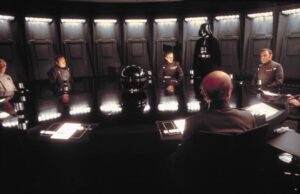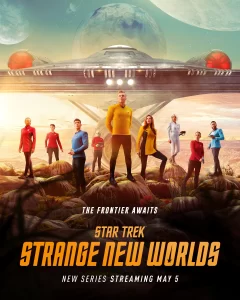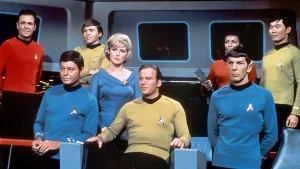.
After working at the day job with my schedule shifted from its routine 9-6 to an early morning 7-4 my sweetie-wife and I made the drive from San Diego to Los Angeles for Loscon 51, the 51st Los Angeles Area Science Fiction Convention.
Now, Loscon starts the morning of ‘Black Friday’ but as I will never have the seniority to win the bidding to have that Friday off from work I am resigned to the fact that I can never make programming any earlier than 8pm on the con’s opening night.
Saturday was a different story. Not only were we there for the full set of panels and presentations but I had the privilege and pleasure of participating as a panelist on a pair of them.
1:00 PM I took part in a discussion of apocalyptic fiction, its uses to transmit to coming generations warnings of the dire threats that they would face. We also addressed the tangle that if we, the previous generations had left the world in such bad shape why should anyone paid head to our warnings?
4:00 pm was a much more lighthearted discussion as we tackled the voyage of the McGuffin. We discussed many famous cinematic McGuffins, the difference for McGuffins that are active in the plot and required by the characters for its resolution and passive ones that don’t do anything in the story but are the treasure/item that is sought by the characters.
Saturday evening, after the sweetie-wife and I played out customary games of Dominion online, I visited the open room parties for a while, taking part in conversations, snacking on junk food and soda, and having a wonderful time. After the parties I found a quiet corner and worked on the revision for my novel.
Sunday, I participated in three panels, Developing a Creative Habit, AI & Science Fiction, and I closed out the convention with a discussion of Spiritually in Science Fiction and fantasy.
Directly after the final panel, It was time to climb into the auto and drive home to San Diego. All in all it was a glorious weekend.






